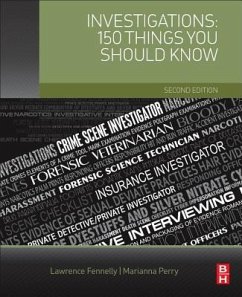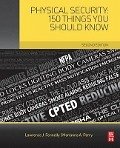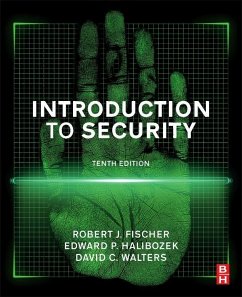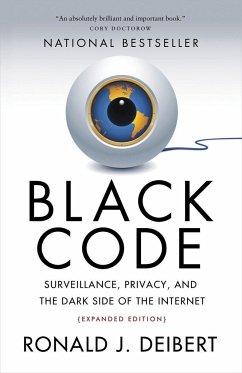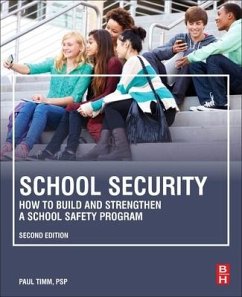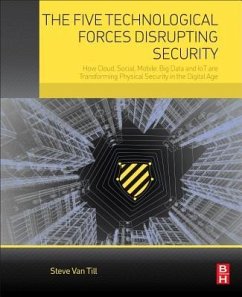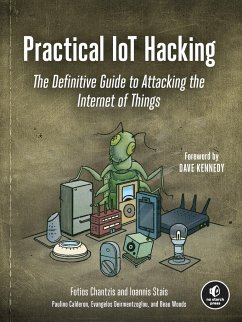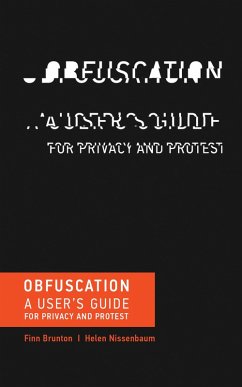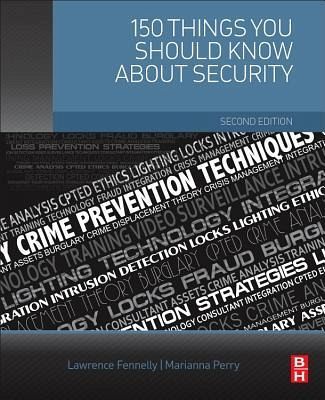
150 Things You Should Know about Security

PAYBACK Punkte
32 °P sammeln!
150 Things You Should Know about Security, Second Edition covers the essential tips and techniques for the latest trends in physical security. This indispensable guide further covers the latest technological trends for managing the security needs of all kinds, from physical and corporate security, to the latest cybersecurity threats. Through anecdotes, case studies, and documented procedures, the authors have amassed the most complete collection of information on security available. Security professionals will find this book easy to use and understand when seeking practical tips for managing t...
150 Things You Should Know about Security, Second Edition covers the essential tips and techniques for the latest trends in physical security. This indispensable guide further covers the latest technological trends for managing the security needs of all kinds, from physical and corporate security, to the latest cybersecurity threats. Through anecdotes, case studies, and documented procedures, the authors have amassed the most complete collection of information on security available. Security professionals will find this book easy to use and understand when seeking practical tips for managing the latest security technologies, such as bio-metrics, IP video, video analytics, and more. Several themes have been included, such as management principles and styles, communications, security applications, investigations, technology, physical security, the future, and many more. In addition, tips for quantifying the reduction and prevention of crime, loss and liability risks are included, assisting security professionals in securing corporate resources for security manpower and infrastructure.




